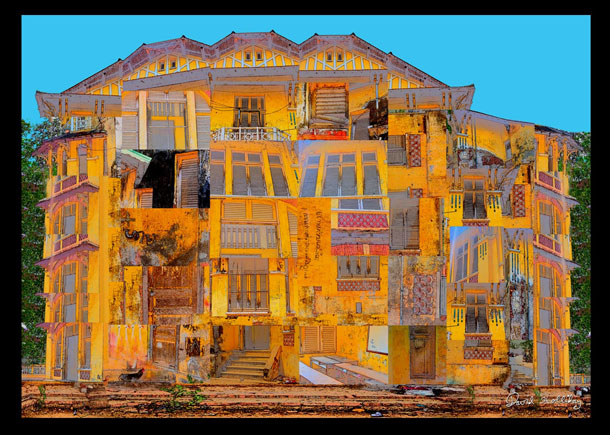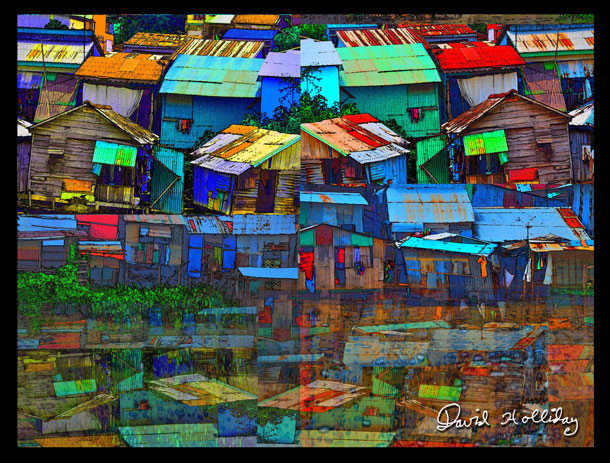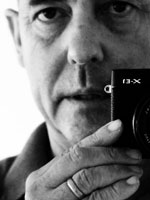
Cambodia is a very interesting place to be a photographer at present. It slowly climbs out of the period in history so full of horror and darkness into a vibrant and happening place that is quickly developing. People say it is booming now. It certainly has changed in the three years I have been here. The evidence of this, I suppose, are the new infrastructure and businesses, all the building activity and plenty of big cars on the roads. For the photographing tourist, backpacker or travelling person of leisure (armed with camera) there is a lot of subject matter.
In Seam Reap for instance you have the temples of Angkor which are a UNESCO world heritage site. Some people only visit Cambodia and fly to Seam Reap just to buy a 3-day pass to do the temples. Sunrise and sunset are a very popular times to visit. Those are the magic hours of light. I have never seen so much camera gear on display in one place on a recent visit to this lovely area of Cambodia.
(BTW, if you haven’t done so yet, follow THEME on Facebook, Google+, Twitter or via RSS — thanks!)
Other photographers take pictures of people and the children. The people are extremely photogenic. If you take a trip to the countryside you can actually still see buffalo pulling carts with huge wooden wagon wheels, and people sewing rice in the fields by hand.
As a photographer looking for a new angle, I soon discovered from the gallery owners and the managers of white walled restaurants that sweet pictures of children and people are not really that popular. Who actually will place a portrait of a stranger on their wall, however picturesque it may look? The same can be said for sunsets, temples and pictures of monkeys, elephants and beaches. Orange clad monks after time also cease to be exotic or an interesting subject.
I wanted to enter the art scene of Phnom Penh with my photographic images in an original way and if possible make an income from this. But where to start? Some galleries had a year’s waiting list. Some only wanted work from Cambodian artists, others would not even open their door to any suggestion or even see me.
I started to look at the streets; the streets, alleys and market places with so much going on, so much to photograph. I also joined the Cambodia Photography Club. They organize charity functions, photo outings and lectures. There is also a huge Canon photo club and a studio for hire in Phnom Penh.
I began to process my images in a way that have been compared to the illustrations in Tin Tin cartoon books. This technique worked very well with bicycle trishaws, tuk-tuks and scenes from the market places and every day activity which on a ground level has not changed much in decades. I mean you still see carts being pulled by hand down the streets, laden with snails cooking in the sun.
I worked on a series of images almost in a cartoon fashion of street scenes and I put them together in a kind of montage comic strip form. I had a lucky break when the Rubies wine bar said they would have a small exhibition and opening for me. At this exhibition I had a few sales. I glass-framed the images. A little heavy for a tourist on a flight home but OK for the expats here.
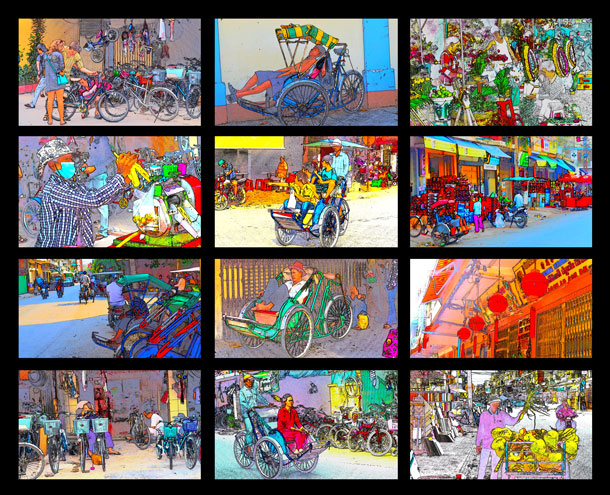
From this exhibition I had another break when the owner of The Plantation hotel who is an art lover had a look through my catalogue and offered me a solo exhibition at the hotel around a lily pond in the foyer. The work was to hang for a month. The wall space was massive.
This actually became a problem. How to fill 25 huge wall panels and what to put in them? The owner liked my Tin Tin style — but he also liked my Warhol-wanna-be-style.
I spent a great deal of money on framing and used a photographic print glued on to board. The exhibition was a success and I had some sales. I had limited edition prints and the picture of this bicycle sold four times. I covered my costs, made some profit, but was not exactly making a living out of this venture.
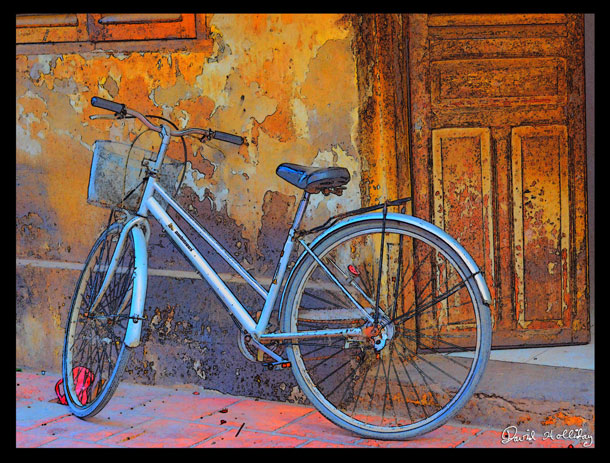
Later a restaurateur completely decked out his Spanish bar with my photographs, even though they sold very slowly. I became wary of paying for framing and filling wall space in restaurants where customers might not necessarily be art lovers. I did not really want to be a volunteer interior decorator.
Phnom Penh has some beautiful buildings. A lot of these buildings though are in a state of disrepair. Having said that, many have been restored beautifully. I began to go around photographing these buildings. I was using a Nikon D7000 with a 50/1.4 G lens. I do not own either a shift or tilt lens or much of a wide angle, so I just took multiple shots (with the 50mm) of various French colonial buildings looking for features such as arches and sash windows, but also wear and tear and decay.
Many of the buildings were derelict, one had been hollowed out and was being used as a volleyball court. Some were fenced off with blue iron. I took hundreds of shots. I then processed them in my Tin Tin technique and was pleased with the way they came out.
I printed about 100 shots in a small format in a local camera shop. Then my montage idea formed. I began to blu-tack the images to a board. This first image is made up of several houses and my link was the blue drainpipe zigzagging around the building.
I joined this pipe together. I added windows and a roof and all sorts of other features such as the bicycle picture, clothes hanging from lines, the crazy wiring system, and so forth.
Eventually I had a building constructed of small photographs with a bit of my own sketching and imagination here and there. I numbered all the pictures and began to stitch them together on the computer using Photoshop.
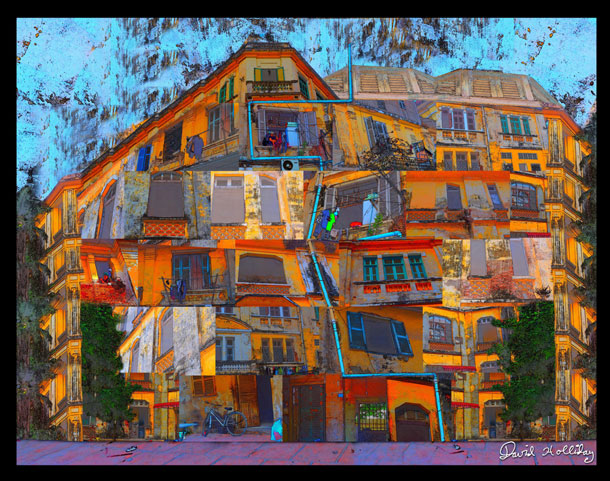
I was so happy with this method I took a drive into the country well. I spent three days in the country in a rural Muslim area and constructed the rural house.
For this I used all the features I could find like the pottery water jars, wagon wheels, cattle feeding, under the house, chicken and ducks — even a smiling woman holding a baby.
Again the small prints numbered and fed into the computer.
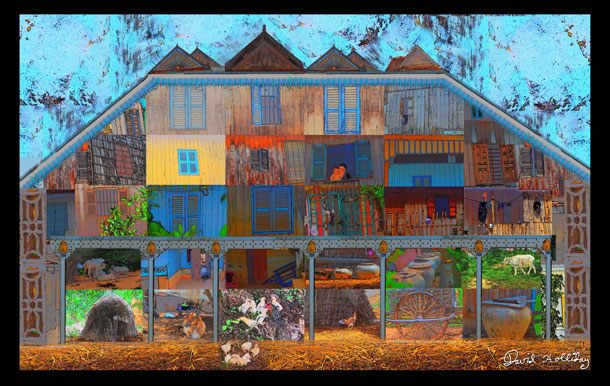
Phnom Penh is located at the confluence of the Tonlé Sap and the mighty Mekong rivers. They have even named a whisky after the Mekong and most of the life of the city is based around one shore. But developers have seen the potential of “the South London bit” and cranes litter the skyline. There is a community of Vietnamese fishermen living on their boats on the other side of the river, but these seemed to have been moved away overnight. The same can be said for a lot of the makeshift squatters villages on the shoreline made of corrugated tin and bits of wood and old boats.
I really wanted to capture this riverscape before it was obliterated and replaced with trendy riverside villas. To do this I rented a boat for three days and floated up and down the river shooting everything I saw. This time I used the 55-200mm kit lens on the Nikon D7000 and it worked a treat. The boat was called Paris with one chain smoking captain and one photographer on board.
Once processed I used these images to make a fictional boat.
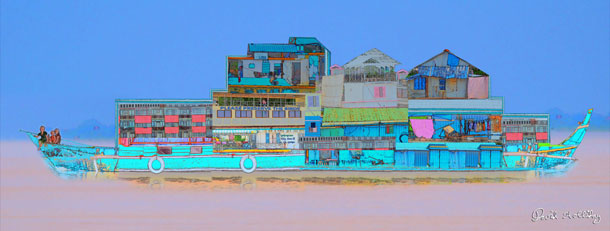
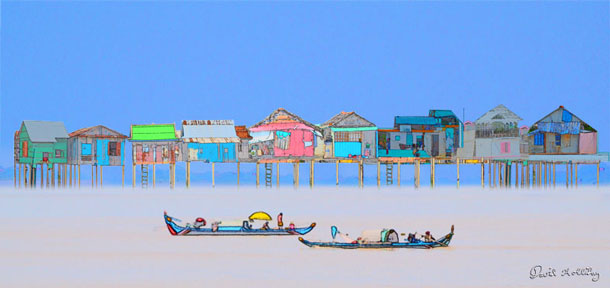
I covered the wall of my flat with so much Blu-Tack for the 150 photomontages, I had to have it repainted. The resulting JPEG was so big and so long it was almost unprintable and froze my computer and the computer at the printers. Also the wider I made it, the longer it became.
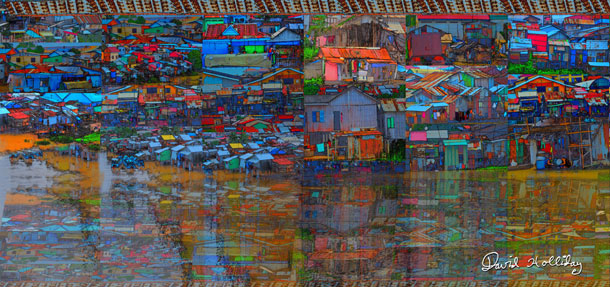
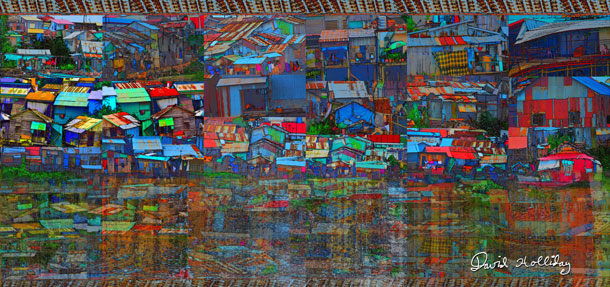
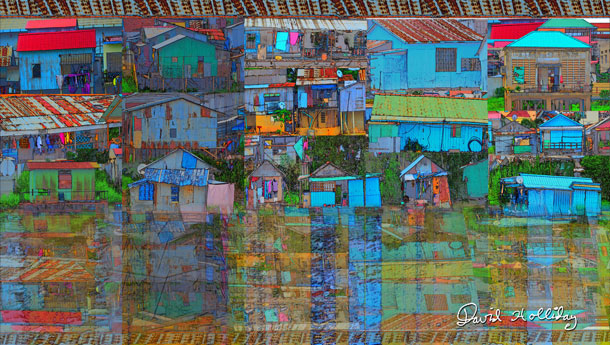
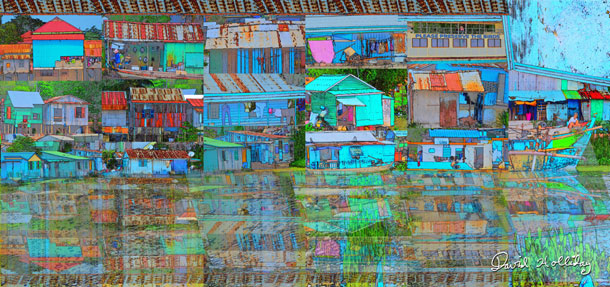
I now had enough images I was happy with for an exhibition. But this time I wanted to print on canvas. Canvas here is called banner cloth. Actual banner is very cheap to print on. But my river montage came out smudged and green on actual banner material which I suppose is PVC. I found an advertising agency which I think is the only company that prints on canvas in Cambodia.
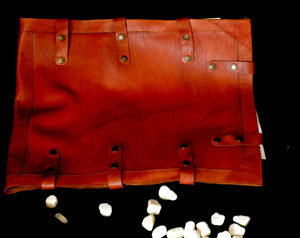
Once I had tracked them down they did a very good job of printing some A3 size canvases for my montage portfolio. I used a white border.
Now I wanted something to carry them in. So it was down to the local leather smith where I custom-made a leather-book-style portfolio, and then had a custom-made a Billingham-style carry bag for the portfolio. I went to a lot of effort at this stage because I wanted to leave an impression. I did not want to be told, “Please wait for a year.”
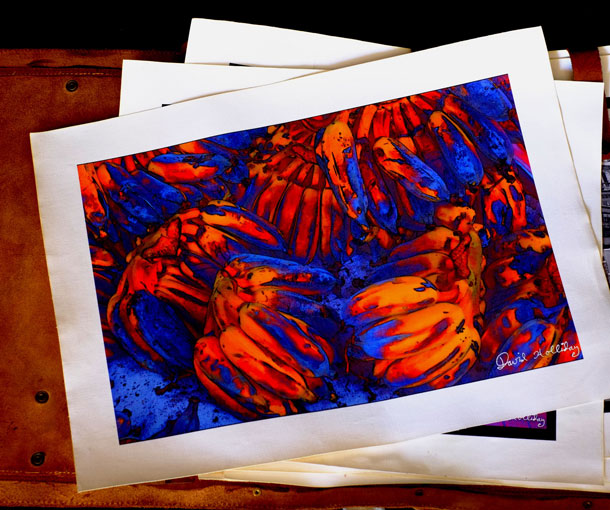
I approached the curator of InterContinental hotel’s The Insider Gallery. She not only liked my work and my leather portfolio, she gave me four weeks to present a solo exhibition.
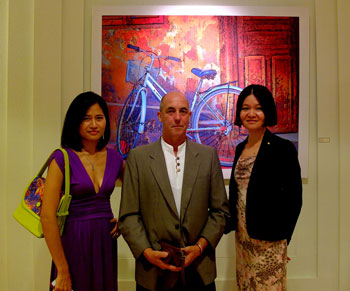
The friend of mine, manager of a backpackers hostel, is also a picture framer. He had just four days to stretch-frame the canvas and truck them to the InterContinental.
It was going fine until the bellhop tried to push the trolley of artwork through a very small door.
Meanwhile, I will continue with my photomontage concept for my next exhibition.
The pictures are hanging until May 5 and I have donated the hero piece (below) to the hotel’s permanent collection.
